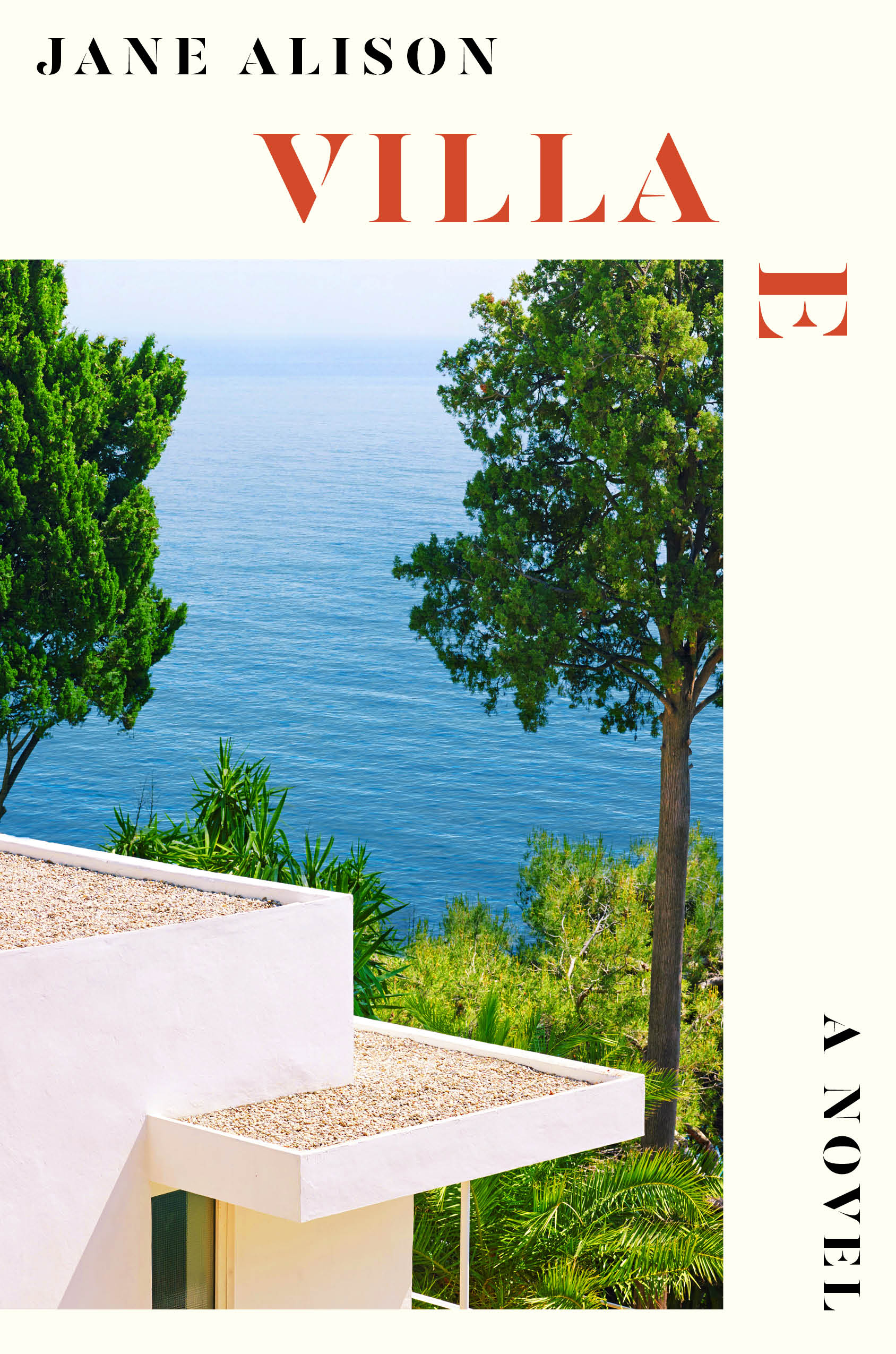Eileen Gray's famous Villa E-1027, a modern masterpiece in Roquebrune-Cap-Martin, France, is the subject of no fewer than three architecture monographs, as well as a graphic novel, a feature-length film, and a novel. The novel is Jane Alison's Villa E, “about two brilliant, complex artists and the extraordinary place that bound them,” and the latest book in Madeline Beach Carey's “Building Novels” series.
I first came across Jane Alison’s work in 2019 when I read her craft book, Meander, Spiral, Explode: Design and Pattern in Narrative. It’s a fascinating, deeply original book about experimental literary strategies. Oftentimes I use passages from that book when teaching fiction workshops. Alison opens the craft book/critical study with a woman and a structure that prove to be one of her most important, and generative, obsessions:
Just five years later, Alison uses Eileen Gray’s story in a novel, instead of in a critical study. It’s a brave, somewhat counter intuitive thing to do: publish a book on the craft of writing and then try out your own advice. However, Alison has the style and precision to pull it off. And her obsession with form—with design, the architecture of literature, houses, and emotional lives—echo wonderfully between her fiction and non-fiction.
The facts of Villa E are clear: Eileen Gray, the Irish modernist architect, built E-1027, in the 1920s on the French Riviera. Le Corbusier, a friend of Eileen's former lover, adored the house. So much so that he arranged to live in a cottage next to it and was sometimes credited with its design. Villa E takes place during the final week of Le Corbusier's life:
Passages alternate between the thoughts of Eileen and Le Corbusier, or Le Grand, as Alison calls him. Le Grand works alone in his cabin. Eileen drives along the coast, checking in on her houses. This is a beautiful part of the world: soulful cliffs that lend easily to reflections on aging and desire, loss, regret, the cruel and inevitable passage of time.
Both characters are near the end of their lives. They both think about the past, and here the author highlights the great gulf of difference between men and women in the first half of the last century. Le Grand recalls his life as a famous visionary and his sexual escapades, while Eileen's memories focus on cases of sexism, of ways in which she and her work were belittled or ignored:
Villa E celebrates Gray’s design by creating two spiraling narratives. The result is hypnotic and at times quite beautiful. My reservation comes from the kernels of historic truth—hinted at but hidden within the passages. Would the novel be more successful if the characters felt more “invented?” Because the narrative is complex and dreamlike, but based on real lives, the facts of the matter hover above the pages, sometimes making the reader stop and look up the “real” information or images. This takes away from the beautiful spiral Alison has created; a design so organic and innovative suffers when the reader is still grounded in reality. The ghost of the internet invades our reading experience!
The book tells us that, encouraged by her lover, Bado, Eileen built the house she had longed to design. However, because she was not a French citizen, Eileen could not buy the land herself, and had to buy it in Bado's name. That bureaucratic hiccup would be her ultimate downfall. The house is a triumph, but Bado makes it his own, eventually forcing Eileen to move on and design a second home in the hills. Le Grand becomes a frequent visitor to the seaside house, recognizing its genius but insisting upon his influence on it. Violating the purity of the villa, he paints sexual murals on its white interior walls, which, because of his reputation, cannot be removed.
While reading Alison's experimental prose, I thought about what a reinvented story would have been like, an organic and new narrative design: with a different ending, I dare not say happy, but perhaps more promising. If the characters had been slightly more unmoored from the historical figures, the reader would remain focused on the world of the book, without wandering off to look for maps, blueprints, photographs, or some other proof of the real-life events. Still, the novel is delightful and inventive, radical in its nuance and shape, and certainly a must-read for anyone interested in Gray’s legacy and the tragic story of E-1027.

Villa E: A Novel
Jane Alison
192 Pàgines
Hardcover
ISBN 9781324095057
Liverlight
Purchase this book

